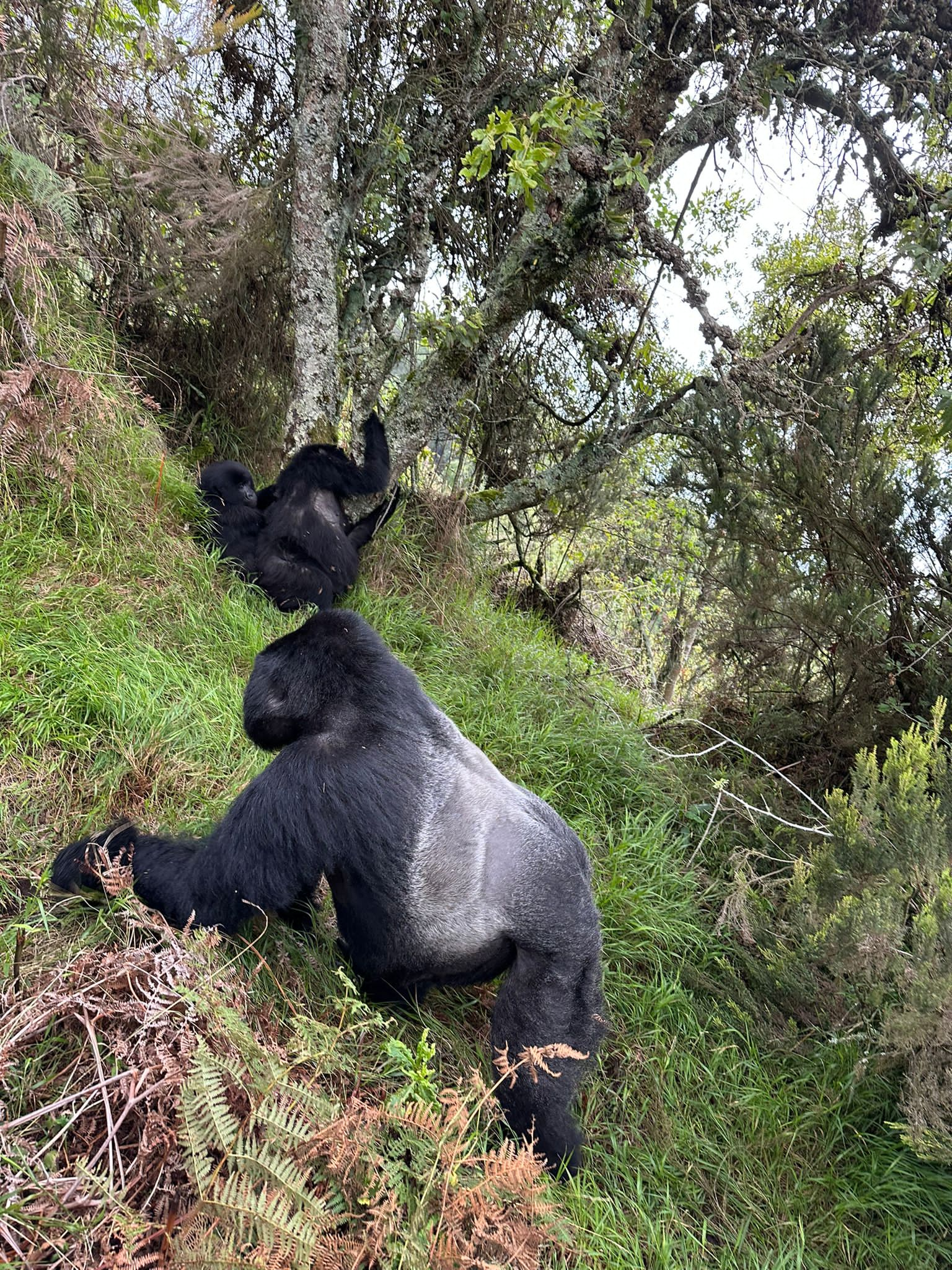Gorilla Photography 101: The Art of Capturing Perfect Portraits
Welcome to Gorilla Photography 101, where we delve into the intricacies of capturing stunning portraits of our primate cousins. Whether you’re an aspiring wildlife photographer or simply intrigued by these magnificent creatures, this guide will equip you with the knowledge and techniques needed to master gorilla photography.
Understanding Gorillas:
Before diving into photography techniques, it’s essential to understand gorillas and their behavior. Gorillas are intelligent and highly social animals, living in close-knit family groups in dense forests. They exhibit a wide range of emotions, from curiosity to contemplation, making them ideal subjects for captivating portraits.
Choosing the Right Gear:
When photographing gorillas, it’s crucial to have the right equipment. A DSLR or mirrorless camera with a telephoto lens (200-400mm) will allow you to capture close-up shots without disturbing the animals. Additionally, a sturdy tripod and a remote shutter release can help stabilize your shots and minimize camera shake.
Respectful Photography Practices:
Respecting the natural habitat and behavior of gorillas is paramount. Always maintain a safe distance from the animals to avoid causing stress or disrupting their activities. Observe quietly and avoid making sudden movements or loud noises that could startle them. Remember, the goal is to capture authentic and natural portraits without interfering with their daily lives.
Composition and Framing:
When composing your shots, pay attention to the surroundings and background. Look for natural frames such as branches or foliage to add depth and context to your portraits. Experiment with different angles and perspectives to capture unique and compelling images. Focus on the gorilla’s eyes—the window to their soul—and strive to convey their personality and emotions through your photographs.
Lighting Techniques:
Lighting plays a crucial role in photography, and gorilla portraits are no exception. Aim to shoot during the golden hours of early morning or late afternoon when the light is soft and flattering. Avoid harsh midday sunlight, which can cast unflattering shadows and wash out details. If shooting in low light conditions, use a wide aperture and higher ISO settings to maintain image quality.
Post-Processing and Editing:
Once you’ve captured your images, post-processing can help enhance them further. Use editing software like Adobe Lightroom or Photoshop to adjust exposure, contrast, and color balance. Be mindful not to over-edit, aiming for a natural and authentic look that reflects the beauty of the gorillas and their environment.
Sharing Your Work:
Finally, share your gorilla portraits with the world! Whether through social media, online galleries, or photography exhibitions, let your images inspire others to appreciate and conserve these incredible animals. Consider partnering with conservation organizations to raise awareness and support efforts to protect gorillas and their habitats.
Conclusion:
Gorilla photography is a rewarding and enriching experience, allowing photographers to connect with nature and capture moments of beauty and wonder. By understanding gorilla behavior, respecting their environment, and mastering photography techniques, you can create stunning portraits that showcase the majesty of these remarkable creatures. So grab your camera, venture into the jungle, and unleash your creativity in the art of gorilla photography.

